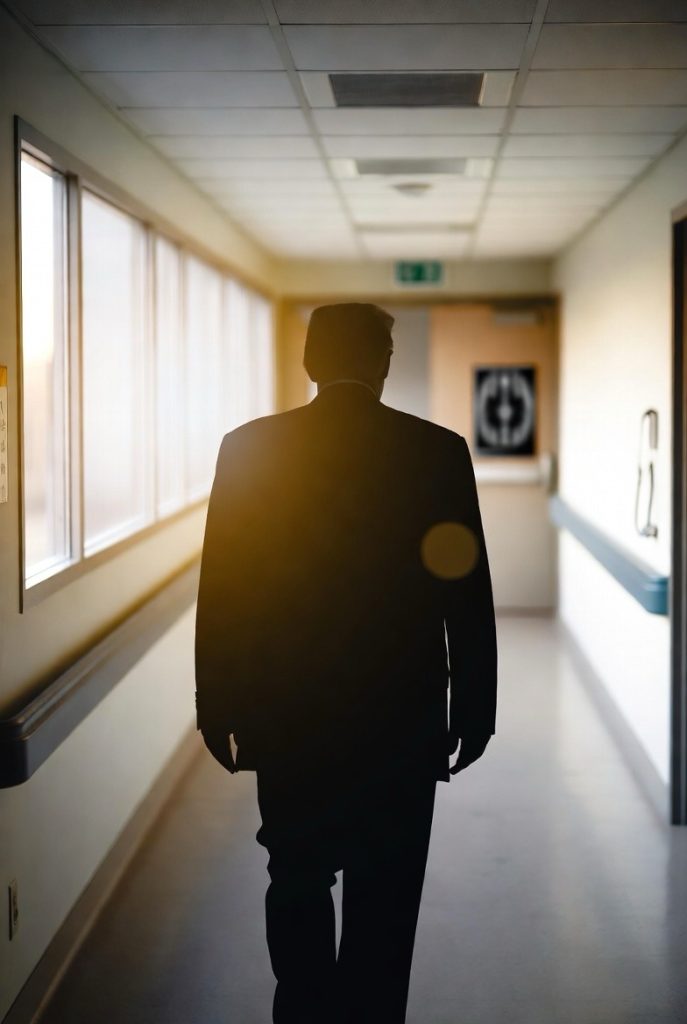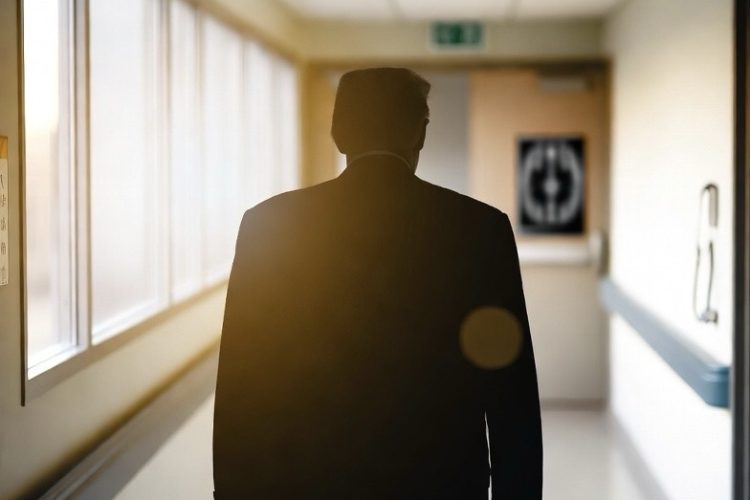President Donald Trump revealed on October 27, 2025, that he underwent a “perfect” MRI during his October 10 visit to Walter Reed National Military Medical Center as part of a routine physical exam. At 79, the oldest U.S. president, he showed strong cardiovascular, pulmonary, and neurological health, with minor issues like leg swelling (linked to chronic venous insufficiency) and a hand bruise from handshaking. His physician, Dr. Sean P. Barbabella, led a team using advanced imaging and lab testing. Trump received flu and COVID shots, takes aspirin for heart health, and maintains stable blood pressure despite being overweight. The White House emphasized his exceptional fitness amid political questions about age, cognitive exams, and 2028 ambitions—despite the 22nd Amendment’s two-term limit. The update counters speculation and highlights proactive care.
Long Version
Trump Reveals MRI During Walter Reed Visit: Health Update
On October 27, 2025, President Donald Trump disclosed to reporters that he had undergone an MRI during his October 10 hospital visit to Walter Reed National Military Medical Center, describing the results as “perfect” and emphasizing his exceptional health at age 79. This revelation came amid an overseas trip to Asia, including stops in Tokyo and South Korea, where speculation about his physical condition had been swirling due to visible signs like a hand bruise and swelling in his lower legs. As the oldest president in U.S. history, Trump’s checkup has intersected with broader discussions in politics, including his campaign trail vigor and potential ambitions for the 2028 election, even as the 22nd Amendment enforces a two-term limit under the Constitution.
Details of the Hospital Visit
The White House press secretary, Karoline Leavitt, confirmed the details in a memo, noting that the visit was part of Trump’s semiannual physical examination and ongoing preventive health assessments. Traveling aboard Air Force One en route to his Asia engagements, Trump addressed the media, downplaying any concerns and highlighting his strong physical performance. His physician, Dr. Sean P. Barbabella, led a multidisciplinary team of doctors who conducted advanced imaging, laboratory testing, and evaluations focusing on cardiovascular, pulmonary, and neurological health. The report underscored Trump’s exceptional health, with no major issues detected, though it acknowledged routine monitoring for conditions like being overweight and managed blood pressure.
The Role of MRI in the Examination
The MRI, or Magnetic Resonance Imaging, scan was a key component of the medical exam, utilizing powerful magnets and radio waves to produce detailed images of internal structures. This non-invasive imaging technique is particularly effective for detecting bone abnormalities, joint abnormalities, and soft tissue irritation, providing a comprehensive view without radiation exposure. In Trump’s case, the scan was incorporated into his physical examination to rule out any underlying issues, especially given public observations of a bruise on his hand—possibly from vigorous handshaking during campaign events—and swelling in his lower legs, which some experts speculated could relate to chronic venous insufficiency (CVI) or deep vein thrombosis. However, the update clarified that these were minor, with no evidence of serious complications.
Additional Medical Assessments and Preventive Measures
Beyond the scan, the checkup included lab testing to monitor his cardiovascular prevention regimen, which incorporates aspirin to reduce clotting risks. Preventive measures were also administered, such as a flu shot and COVID shot, aligning with standard protocols for high-profile figures amid ongoing global health concerns. Trump’s doctors reported stable vital signs, including blood pressure, and no significant changes in his overall profile, despite his age and the demands of the presidency. This thorough evaluation by the multidisciplinary team ensures that any potential issues, from pulmonary function to neurological stability, are addressed proactively.
Political Implications and Public Discourse
The timing of this health update has fueled political discourse, especially as Trump prepares for his inauguration following the recent election. At 79 years old, questions about cognitive health exams have arisen, with some critics like Representatives Alexandria Ocasio-Cortez (AOC) and Jasmine Crockett calling for greater transparency to assure the public of his fitness for office. Meanwhile, supporters such as Stephen K. Bannon have dismissed the speculation as partisan attacks, praising Trump’s resilience on the campaign trail. Trump himself has not ruled out pursuing a third term, sparking debates over the Constitution’s two-term limit and the 22nd Amendment, though legal experts maintain it’s unlikely. As the 2028 election looms, this health report serves as a rebuttal to doubts about his endurance, positioning him as a vigorous leader ready for the challenges ahead.
Conclusion: A Comprehensive Health Snapshot
In summary, Trump’s Walter Reed visit and subsequent MRI revelation provide a detailed snapshot of his health, blending medical precision with political relevance. While the White House emphasizes preventive care and outstanding results, the intersection of his age, visible symptoms, and ambitious agenda continues to draw attention from reporters, physicians, and the public alike. This update not only addresses immediate concerns but also offers insights into how leaders manage health in the spotlight of national and international scrutiny.







